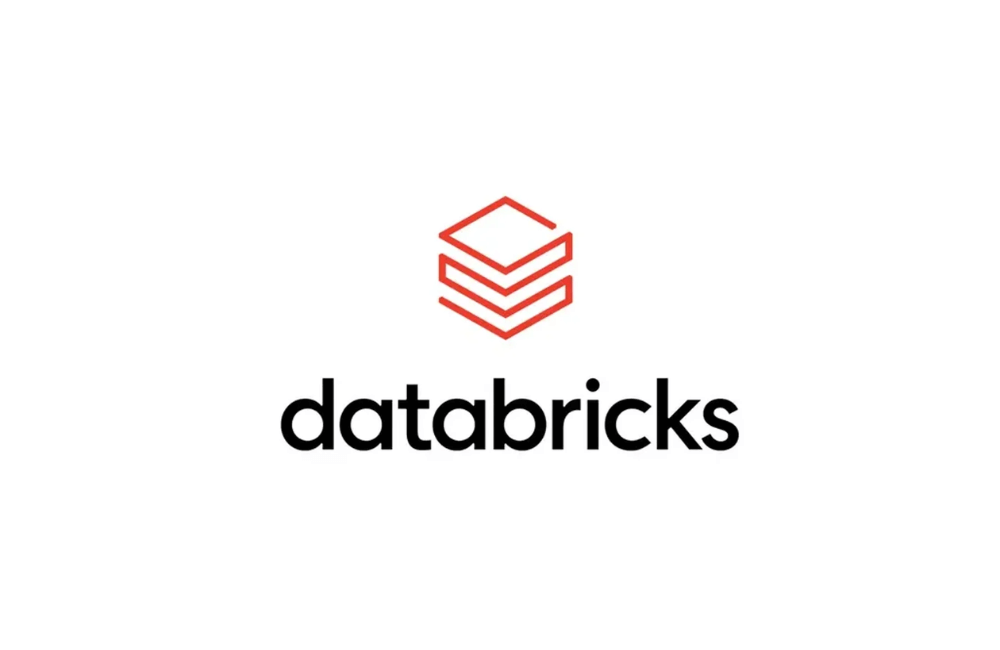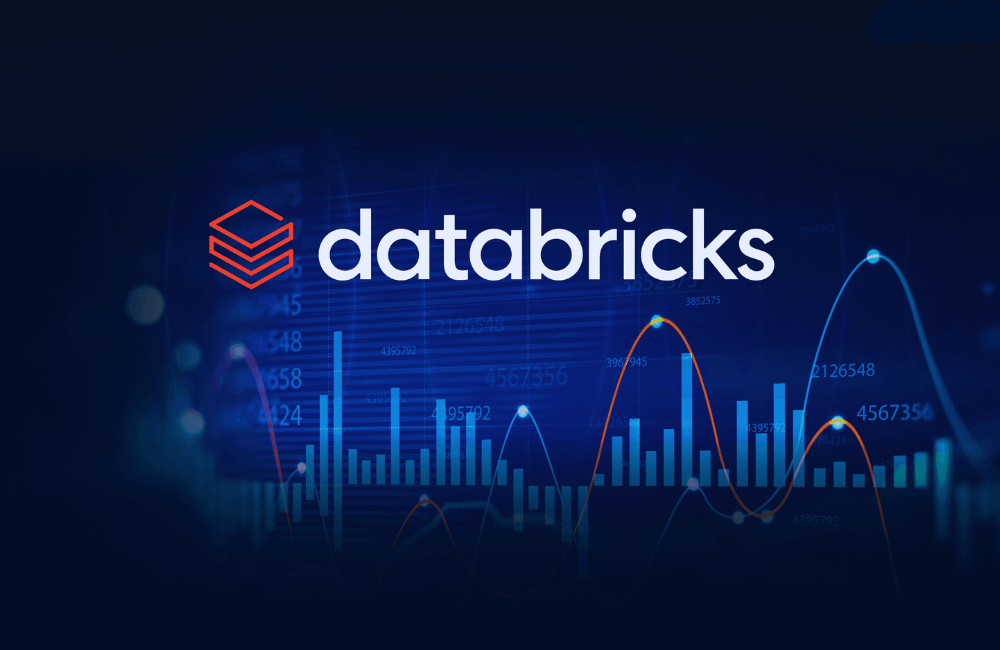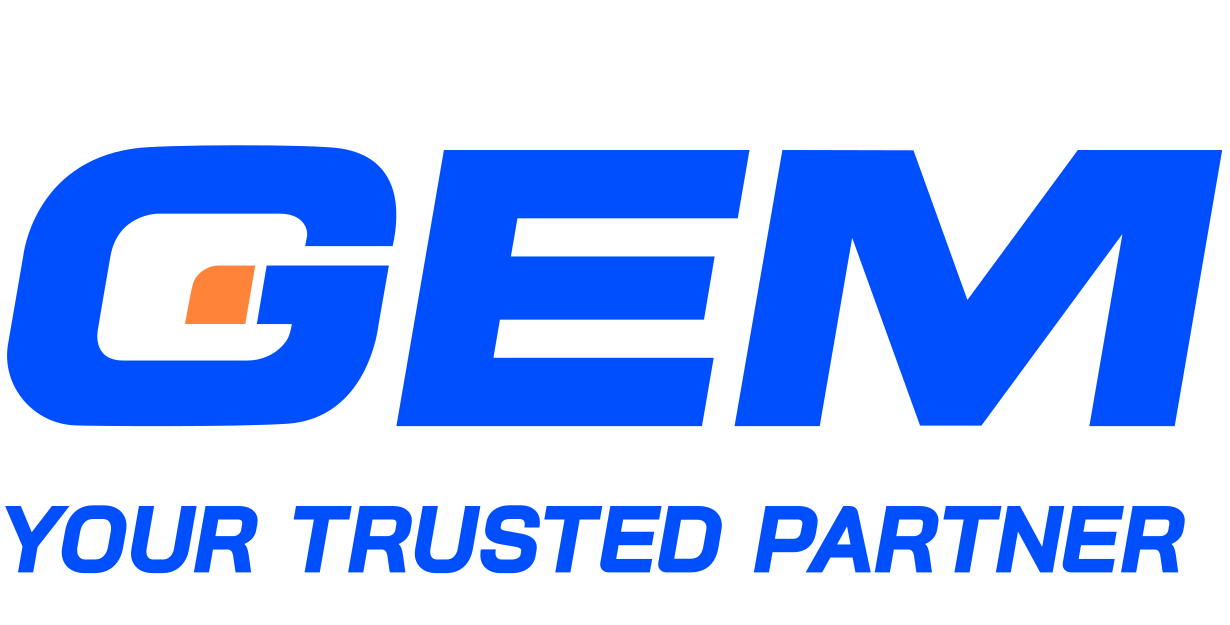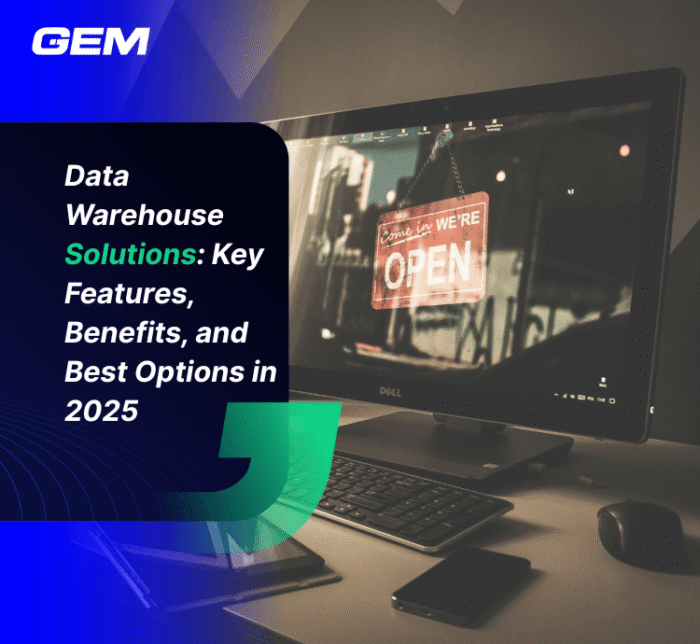Contents
- What is Databricks?
- What Makes Databricks Relevant in 2025
- Make your digital transformationseamless and future-ready
- Advantages of Using Databricks That Businesses Can’t Ignore
- Databricks Applications in Business
- Databricks Industries Use Cases
- Emerging Trends to Watch
- Best Practices to Optimize Databricks for Performance
- GEM Corporation – Your Databricks Integration Partner
Databricks use cases are expanding fast as businesses look to unify data, analytics, and AI on a single platform. With Databricks now surpassing a $4 billion revenue run-rate and its AI products alone reaching $1 billion, adoption is gaining pace across industries. Organizations are moving past experimentation to build real-time pipelines, deploy machine learning at scale, and operationalize data for decision-making. This article outlines the most relevant Databricks use cases in 2025, from data engineering and predictive analytics to supply chain optimization and personalized customer experiences. Let’s explore how companies are putting data intelligence to work.
What is Databricks?

Overview
Databricks is a cloud-based data platform built to unify data engineering, analytics, and AI development in a single environment. It was developed by the creators of Apache Spark and has evolved into one of the most widely adopted platforms for managing complex data workflows. Enterprise teams use Databricks to ingest, process, and analyze diverse data types at scale, while also supporting machine learning and collaborative analytics. The platform is used across industries to streamline operations, improve decision-making, and accelerate time to insight.
Core Databricks technologies
Apache Spark: At its core, Databricks is powered by Apache Spark – a distributed processing engine for big data. Spark supports fast, in-memory computation and handles large-scale data processing for both batch and streaming pipelines.
Delta Lake: Delta Lake provides a transactional storage layer on top of data lakes, bringing reliability and schema enforcement to large-scale data workflows. It adds ACID compliance, time travel, and version control for data operations.
MLflow: MLflow supports the full lifecycle of machine learning, including experiment tracking, model versioning, and deployment. It enables teams to collaborate more effectively on ML initiatives without being tied to specific tools or frameworks.
Unity Catalog: Unity Catalog offers centralized governance for data and AI assets. It standardizes access control, auditing, and data lineage across the entire platform, making it easier for enterprises to manage data security and compliance at scale.
What Makes Databricks Relevant in 2025

In a business world run on data, platforms like Databricks become the key to the next success.
Unified Architecture for Analytics and AI
Databricks provides a single platform that supports both analytics and AI workloads, eliminating the need for separate tools or data silos. This unification helps organizations streamline their data operations, simplify infrastructure management, and shorten the time between raw data and business impact.
Open Ecosystem and Interoperability
The platform integrates with a wide range of open-source technologies, cloud services, and third-party tools. This flexibility supports diverse use cases, from SQL-based analytics to custom AI development. Enterprises can connect Databricks with their existing tech stack without disrupting core systems.
Support for Real-Time, Batch, and Streaming Workloads
Databricks handles different types of data workflowsreal-time, batch, and streamingwithin the same environment. This allows teams to build pipelines that match their operational demands, whether it’s processing sensor data in milliseconds or running daily reports across terabytes of information.
Flexibility Across Multi-Cloud and Hybrid Environments
Databricks runs on major cloud platforms, including AWS, Azure, and Google Cloud. It also supports hybrid deployment models for organizations with on-premise requirements. This flexibility lets businesses align their data strategy with infrastructure preferences, regulatory needs, and geographic constraints.
Make your digital transformation
seamless and future-ready
Accelerate your business growth with zero-disruption modernization services. Maximize the value of your current infrastructure, streamline processes, and cut expenses.
Advantages of Using Databricks That Businesses Can’t Ignore

Organizations are adopting Databricks to streamline operations, strengthen collaboration, and scale data-driven initiatives. One of the primary benefits is faster time-to-insight. With unified workflows across ingestion, processing, machine learning, and visualization, teams can move from raw data to decision-making without switching tools or duplicating effort.
Databricks also offers a scalable infrastructure suited for intensive analytics and AI workloads. Built on Apache Spark and optimized for distributed computing, it handles large-scale data with consistent performance. This makes it possible to train models, analyze patterns, and serve insights across teams and business functions.
Governance and collaboration are strengthened through Unity Catalog and shared notebooks. These features allow data teams to manage access, track lineage, and maintain consistency across assets, while enabling seamless collaboration among analysts, engineers, and data scientists.
In terms of cost management, Databricks optimizes compute and storage with features like auto-scaling clusters and Delta Lake’s storage efficiency. This helps organizations manage growing data volumes without unnecessary infrastructure overhead.
Databricks Applications in Business

Data Engineering & Pipeline Management
Databricks simplifies the process of ingesting and transforming high-volume data from diverse sources, including APIs, databases, and IoT devices. Teams automate ETL and ELT workflows using code or visual tools, reducing time spent on manual tasks. Built-in data lineage, testing, and version tracking help maintain data accuracy and pipeline reliability. These capabilities are particularly useful for enterprises managing complex, multi-source environments.
Analytics & Decision Intelligence
As a central platform for structured and unstructured data, Databricks supports a range of analytics use cases. Organizations use it to power real-time dashboards, operational reporting, and ad hoc analysis. The platform integrates with tools like Power BI, Tableau, and Looker, allowing business users to access insights without requiring deep technical expertise. With support for real-time and batch analytics, it also helps teams respond to changing conditions with speed and precision.
Machine Learning & Advanced AI
Databricks supports the full machine learning lifecycle, from data preparation and model development to deployment and monitoring. It works with popular libraries such as TensorFlow, XGBoost, and Scikit-learn, and provides scalable infrastructure for model training. Teams can track experiments, manage model versions, and deploy models into production, all within the same environment. This removes friction from ML development and aligns teams around reproducible, efficient workflows.
Customer & Product Intelligence
Organizations use Databricks to understand customer behavior, predict churn, and build recommendation engines. By combining transactional, behavioral, and third-party data, teams can segment users, personalize experiences, and optimize product features. These insights are applied across industries, from retail and media to SaaS and financial services, where customer engagement and retention are key performance drivers. Databricks supports behavioral modeling at scale, helping businesses act on patterns with greater precision.
Databricks Industries Use Cases
Databricks is being adopted across industries to support use cases that require scalable data processing, advanced analytics, and AI-driven insights. Its architecture allows organizations to build real-time pipelines, automate complex data workflows, and develop models that address specific business needs.
Financial Services
Financial institutions use Databricks to improve operational resilience and manage risk. Real-time transaction monitoring supports fraud detection by identifying anomalies as they occur. Risk teams leverage the platform to build models for credit scoring, market exposure, and portfolio analytics. Databricks also supports regulatory reporting by maintaining audit-ready data pipelines that meet compliance requirements without manual intervention.
Retail & E-Commerce
Retailers apply Databricks to optimize pricing, inventory, and customer engagement. Dynamic pricing models adjust based on real-time demand, seasonal shifts, and inventory levels. Forecasting tools streamline procurement and reduce stockouts. Customer data from online and offline channels can be unified to build a more holistic view, supporting targeted promotions and personalized recommendations across platforms.
Supply Chain & Manufacturing
Manufacturers and logistics providers use Databricks to gain visibility and improve operational planning. Predictive maintenance models analyze sensor data to identify equipment issues before failure. Logistics teams use real-time data to optimize delivery routes and reduce delays. Supplier data is processed to assess risk, monitor lead times, and support sourcing decisions. These applications reduce operational friction and improve service levels.
Healthcare & Life Sciences
Healthcare providers and research institutions rely on Databricks to work with sensitive and complex data. Patient outcome models are developed using longitudinal health records, supporting clinical decision-making. In life sciences, Databricks is used to process genomic data and accelerate clinical trial analytics. The platform’s support for collaborative environments enables secure data sharing across research teams while maintaining control over data access.
Travel & Hospitality
Travel companies use Databricks to improve guest experiences and manage assets efficiently. Personalization engines are built using behavioral and transactional data to tailor offers and services in real time. Fleet and asset data is processed to improve utilization and reduce downtime. Historical and real-time data is used to forecast demand, helping organizations plan for staffing, capacity, and inventory.
Emerging Trends to Watch

The use of Databricks is evolving as businesses look toward more advanced AI and cross-platform data strategies. Several trends are shaping the next wave of adoption:
Multi-Agent AI Systems: Databricks is being used to support early-stage development of multi-agent systems, where different models work together to complete tasks. This approach is gaining attention in domains such as operations planning, customer service automation, and simulation-based training.
Lakehouse Federation: Organizations are beginning to adopt federated lakehouse architectures, allowing them to query and analyze data across multiple clouds and data sources without centralizing all assets. This supports governance without sacrificing access.
Generative AI Integration: Teams are integrating generative AI models into their enterprise data pipelines to support content generation, summarization, and knowledge management. Databricks provides the infrastructure needed to embed these models into existing workflows while keeping data governance intact.
Best Practices to Optimize Databricks for Performance

Improving performance in Databricks requires a combination of smart storage choices, workload-aware job settings, and infrastructure tuning. A thoughtful configuration can have a measurable impact on query speed, resource efficiency, and pipeline reliability. Below are practical approaches to help teams get more out of the platform:
Use Delta Lake for transactional consistency
Delta Lake brings ACID compliance and time travel to data lakes, which supports faster queries, reliable updates, and simplified debugging. It’s especially effective for large datasets that require frequent reads and writes.
Configure cluster autoscaling by workload patterns
Autoscaling automatically adjusts cluster size based on demand. This helps avoid idle resources during low usage and prevents performance drops during peak processing.
Schedule jobs during lower-cost compute windows
Running non-urgent jobs during off-peak hours can help manage usage costs without compromising performance. This is particularly useful for batch ETL and model training tasks.
Cache frequently accessed datasets
Caching intermediate data can reduce redundant computation and shorten job durations. Use this for datasets that are repeatedly used across multiple notebooks or queries.
Monitor and debug using Spark UI and Ganglia
These built-in tools provide visibility into job performance, memory usage, and processing stages. They help identify misconfigured workloads or inefficient transformations.
Structure notebooks for modular execution
Breaking notebooks into logical sections supports easier debugging, faster iterations, and better reuse across projects. This also improves team collaboration.
Tune partitioning and parallelism settings
Adjusting the number and size of partitions to balance workload across nodes. Over-partitioning can increase overhead, while under-partitioning may limit parallel processing.
GEM Corporation – Your Databricks Integration Partner

GEM Corporation is a certified Databricks consulting partner with deep technical expertise in data engineering, AI, and enterprise cloud transformation. We support clients in building scalable data platforms that align with business priorities and technical standards. Our teams work across industries to modernize legacy systems, implement secure pipelines, and operationalize machine learning with Databricks.
We help organizations migrate to the Lakehouse with structured project roadmaps, automated schema validation, and CI/CD-ready workflows. Our Customer 360 services unify data across touchpoints to support targeting, segmentation, and retention strategies. For GenAI initiatives, we design and deploy RAG pipelines, LLMOps frameworks, and runtime controls connected to enterprise data. GEM also enables platform governance through Unity Catalog, cost tracking, and access policies, making Databricks easier to manage across teams and regions.
Databricks use cases in 2025 reflect a shift toward unified data strategies that support real-time insight, scalable AI, and cross-functional decision-making. From financial modeling and predictive maintenance to generative AI and customer intelligence, organizations are building value by aligning analytics with operational goals. As adoption accelerates across industries, Databricks is shaping how enterprises manage complexity, streamline pipelines, and move from fragmented data to actionable outcomes.
To explore how these use cases can apply to your business, connect with a Databricks expert at GEM.






